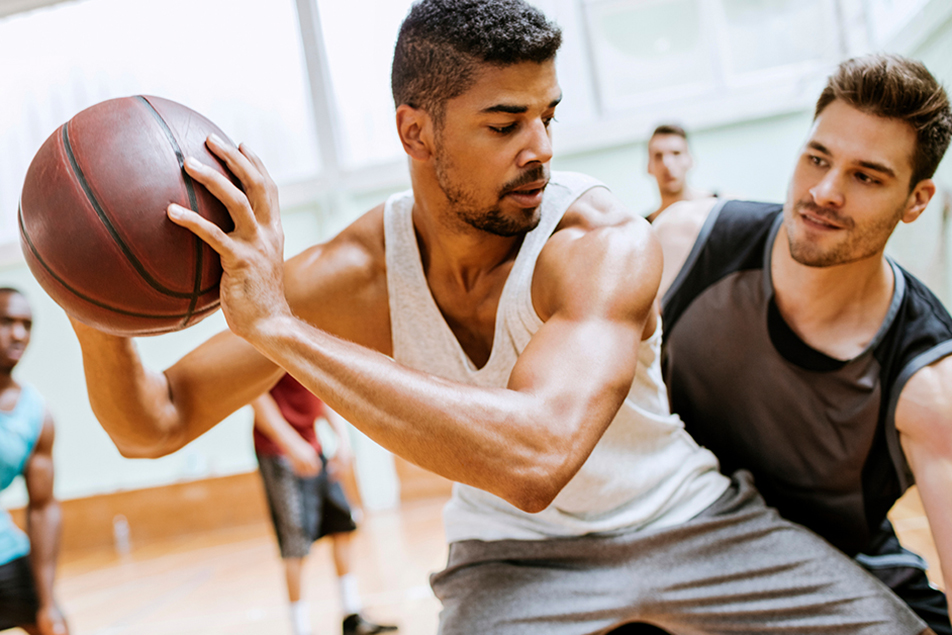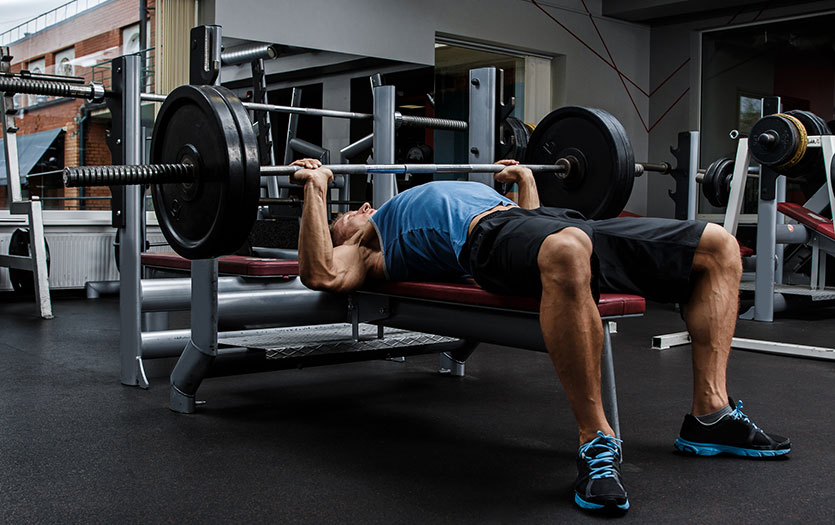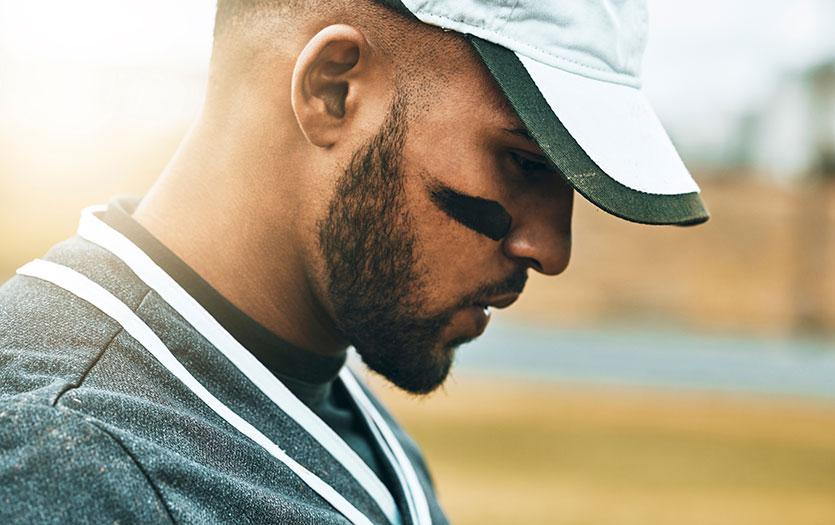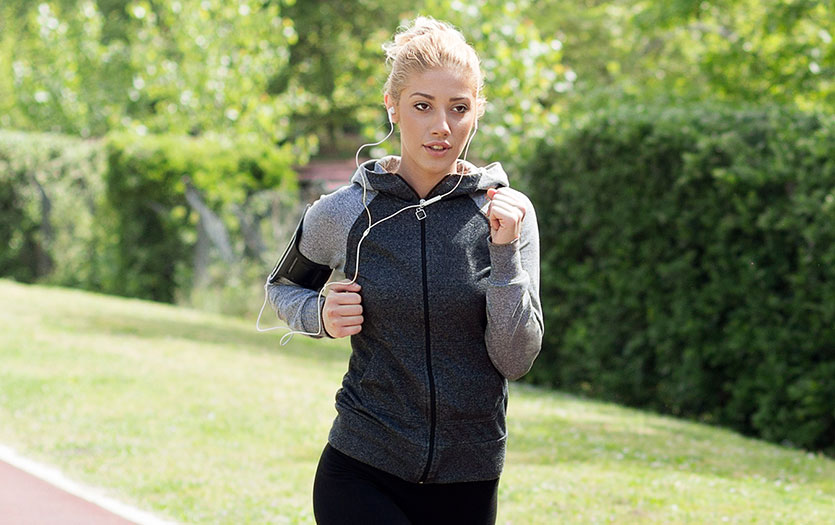Q: What are the most common injuries associated with basketball season?
The most common injuries athletes sustain during basketball season are sprained ligaments and strained muscles. Quick changes in direction, explosive movements and the physical nature of basketball all contribute to sprains and strains. The most frequent injury associated with the sport is a lateral ankle sprain, which occurs most often when players land or step on another player’s foot. Sprained ankles range in severity depending on the degree of damage inflicted on the ligament(s). Initial treatment for an ankle sprain should follow the R.I.C.E. acronym:
Rest: Rest the injured ankle to prevent further damage
Ice: Apply ice or cold packs to help reduce inflammation
Compression: Aides in preventing and removing swelling. Using a compression sleeve or sock is best.
Elevate: Elevate the injured ankle using pillows. Keeping the ankle at or above heart level helps reduce inflammation.
The most commonly strained muscles in basketball players are hamstrings and hip flexors. Basketball requires highly explosive movements in multiple directions, which places large amounts of force on these muscle groups. Deconditioned or fatigued muscles are at risk for injury.
Another common injury for basketball players is patellar tendonitis, also called jumper’s knee. This injury occurs with overuse and repetitive jumping movements. Jumper’s knee causes irritation in the front of the knee just below the kneecap.
Q: What are some pre-game strategies basketball players can use to avoid injury?
While some injuries are unavoidable, like landing on an opponent or teammate’s foot, others are preventable. Players should spend 20-30 minutes before a practice or game preparing their bodies to be physically active. While it is important to stretch out tight muscles, static stretching can be painful and ineffective for injury prevention. Athletes should engage in an active warm-up with activities like high-knees, glute-kicks and lunges. Once muscles have warmed up, stretching anything that continues to feel tight is beneficial. Another preventative measure athletes should take to prevent injury is conditioning before the season and games begin. Participating in a basketball-specific conditioning program prevents injuries by allowing muscles to adequately adapt to the physical demands of basketball.
Q: What are some important post-game practices to limit injury/exhaustion?
Any athlete who feels they sustained an injury during a game or practice, no matter how miniscule it may seem, should notify their athletic trainer. Identifying and treating small injuries can help prevent much larger injuries from occurring. Another important strategy to prevent injuries is a cool down following practices and games. It is known after a big win or crushing defeat the last things athletes feel like doing is taking the time to cool their bodies down. Similar to warming up, an active cool down is most effective for preventing injuries. Finally, icing sore muscles and joints is a great way to help the body minimize inflammation and reduce pain.
Q: What types of therapy do you commonly perform on basketball players?
Therapy strategies for basketball-related injuries are specific to the type and severity of injury. Physical therapists develop individualized rehabilitation programs for each athlete. Sprained ankles are initially treated by controlling symptoms like pain, swelling and inflammation with soft tissue mobilization, cryotherapy, electrical stimulation and gentle range of motion exercises. Once symptoms are controlled, physical therapy helps restore normal range of motion and improve strength to the injured ankle. Restoring neuromuscular control and proprioception is an often overlooked component of rehab following an ankle injury. Physical therapists will help restore these components through high level balance and conditioning activities. The final step is to ensure an athlete is ready to get back on the court by performing sport-specific activities like sprinting, jumping, sliding, and so on.
Injuries like jumper’s knee are treated by first controlling symptoms and reducing pain. Physical therapists may do a jumping analysis and inspect an athlete’s hip and ankle joints to determine if abnormalities in these joints are placing more stress on the knees. Therapists then work to improve jumping mechanics, strength, proprioception, and neuromuscular control to reduce stress on the knee joint.
Strained muscles are treated similar to an ankle sprain in that therapist first work to control symptoms and restore normal range of motion. Manual therapy and instrument assisted soft tissue mobilization can help reduce scar tissue and prevent losses in motion and flexibility. As pain and inflammation decrease, therapists will work to improve strength and neuromuscular control to prevent further injury.
Q: Are there any other suggestions you can offer basketball players for a healthy season?
The timing of basketball season coincides with cold and flu season. In order to perform at the best of your ability it is important to eat a healthy and balanced diet, stay hydrated, and get an adequate amount of sleep. Another suggestion to have a healthy season is to make sure you properly rehab from any previous injuries. Many dual-sport athletes are transitioning from fall sports to the basketball court, don’t allow injuries from the previous season to make the transition as well. Lingering injuries cause decreased strength and range of motion which can lead to more severe injuries. As with any sport it is important athletes listen to their bodies and seek help when something does not feel right.




